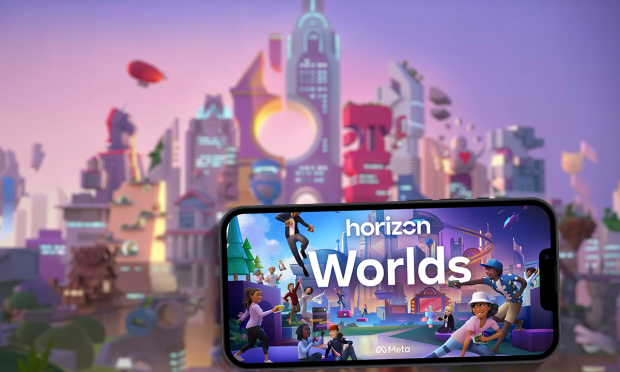Zuckerberg’s Unlovable Metaverse Shares Flaws of Meta’s Payments Policy

Meta CEO Mark Zuckerberg has gotten a lot of flak in the year since he announced the corporate rebranding by saying, “From now on, we’re going to be metaverse first, not Facebook first.”
He then added: “I hope that people come to know the Meta brand and the future that we stand for.”
Which was the big problem that arose when a virtual reality (VR) “selfie” described as having “soulless” eyes and ’90s-era graphics was heaped with so much scorn that it basically broke the internet on Aug. 17.
See also: In Horizon Worlds, Emperor Has No Legs
Still, little was as harsh as Friday’s (Oct. 7) news that in a September memo leaked to the Financial Times, Vishal Shah, Meta’s metaverse vice president admitted that its Horizon Worlds’ Metaverse Lite was so battered by bugs and stability issues that even the company’s own employees didn’t want to use it — to say nothing of the developers it needs to attract to build out actual content.
“If we don’t love it, how can we expect our users to love it?” Shah reportedly asked, announcing a “quality lockdown” that puts building anything new on hold while it gets a handle on the basics.
It’s a problem that doesn’t end with poor graphics, legless avatars and a company one unnamed Meta metaverse employee told the FT, where “a lot of people internally … have never put on a [virtual reality] headset.”
Pay the Piper
Back in April, Meta announced with much fanfare, in the payments and content creator spaces at least, that it was rolling out a payments tool that would siphon off just short of half — 47.5% to be precise — of the income content creators bring in.
Read more: Meta Opens Its Metaverse Platform to Payments and It Doesn’t Come Cheap
“Creator monetization, I think, is really important, because you all need to be able to support yourself and make a good living building these awesome experiences that people can have,” Zuckerberg said on a Horizon Worlds avatar panel at the time.
Which shows an essential lack of not only focus but an understanding of just what a metaverse is — at least in the version Meta is banking on.
Facebook and sister social media giant Instagram are places users come to socialize, bringing their own content to populate the platforms with reasons for friends to come hang out — and, along the way, view some ads.
A metaverse is a place where people go to be entertained in a more proactive, interactive way with content developed by others who intend to make a profit from it. Whether that takes the form of sales, fees or eyeballs is irrelevant.
Certainly, many people will develop metaverse content for the fun of it — or aimed at their friends. And by the same token, plenty of creators and influencers earn livings on Facebook and Instagram, bringing eyeballs for those ads along with them.
If You Build it …
But in a Meta metaverse, people want to play games that are entertaining, attend concerts, view artwork and buy virtual (and eventually real-world) goods and services. And look at ads, to be fair. Or so the sales pitch goes.
In his April payments pitch, Zuckerberg said that he believed what would sell in a metaverse would “end up being a little bit different from what you’d expect from the physical world. So, it requires a lot of experimentation and creativity from the people who are building the worlds and building these experiences.”
Which means they need a lot more infrastructure support than people posting pictures. And Meta hasn’t shown it can do that even as well as blockchain-based start-ups like Decentraland and The Sandbox, to say nothing of long-existing virtual worlds like Roblox and Second Life.
Meanwhile, Zuckerberg has announced a hiring freeze, as the company’s revenues tumbled and stock price cratered as it “continues to get its clock cleaned by TikTok,” LightShed Partners analyst Rich Greenfield told the FT.
For all PYMNTS crypto coverage, subscribe to the daily Crypto Newsletter.
